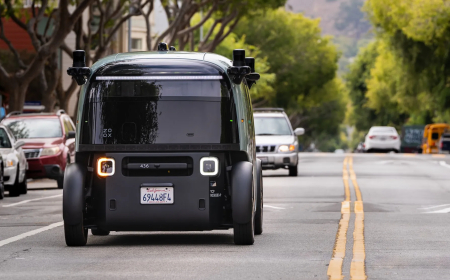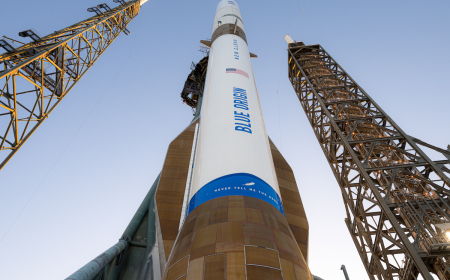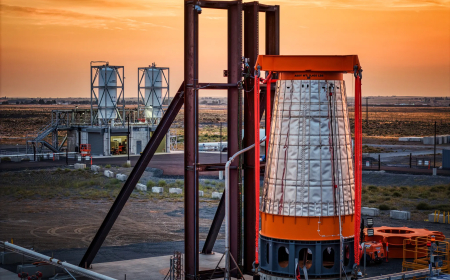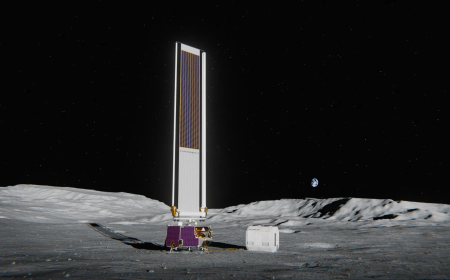Rising Energy Prices Put AI and Data Centers Under Fire
A new report shows 80% of U.S. consumers fear data centres will raise power costs as AI drives up electricity demand, straining renewables and natural gas supply.
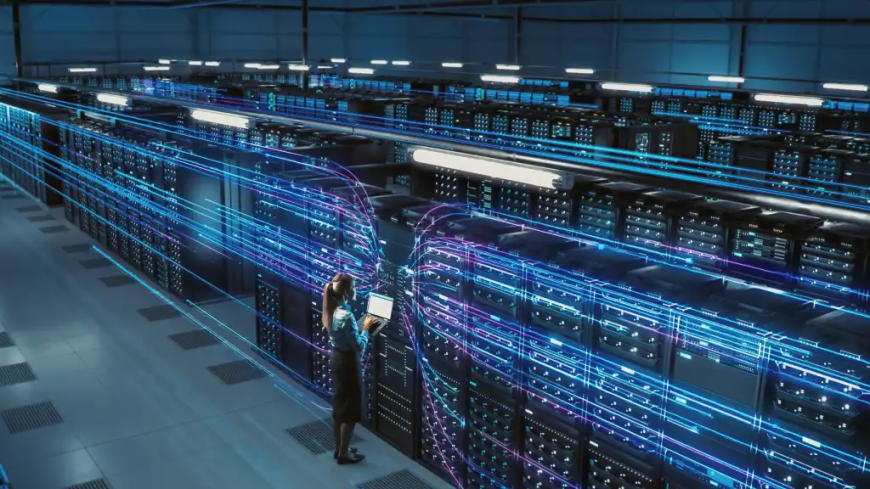
As tech giants announce plans for massive new AI-driven data centres, consumers are growing increasingly anxious that this expansion will lead to higher electricity costs for households.
A new report commissioned by solar installer Sunrun found that 80% of consumers are concerned about how data centres could impact their utility bills — signalling growing tension between digital progress and energy affordability.
Soaring Electricity Demand
For more than a decade, U.S. electricity demand remained largely stable, according to the U.S. Energy Information Administration (EIA). That changed in recent years as data centres and industrial users began drawing significantly more power from the grid.
Over the past five years, commercial demand — which includes data centres — has grown at an annual rate of 2.6%, and industrial usage has increased by 2.1% per year. In contrast, residential electricity consumption grew by just 0.7% annually.
Today, data centres consume roughly 4% of all U.S. electricity, more than double their share in 2018. By 2028, consumption is expected to reach between 6.7% and 12%, according to forecasts from the Lawrence Berkeley National Laboratory.
Renewables Filling the Gap
Despite soaring demand, the U.S. grid has so far kept up thanks to a wave of new renewable projects. Solar, wind, and battery storage have surged, with large-scale solar emerging as the preferred option for data centre operators.
Solar’s appeal lies in its low cost, fast construction timelines, and modularity. Projects can begin supplying power before full completion — often within 18 months — making them ideal for the rapid expansion of AI data infrastructure.
The EIA expects renewables to dominate new energy capacity additions through at least 2026. However, experts warn that if key provisions of the Inflation Reduction Act (IRA) are repealed under a potential Republican administration, renewable energy growth could stall, further tightening the energy market.
Natural Gas Struggles to Keep Up
Meanwhile, natural gas, long a favourite among data centre operators for its reliability, is falling behind. While U.S. production has increased, most of the new supply is being exported overseas. From 2019 to 2024, domestic electricity consumption rose by 20%, while exports increased by 140%.
Adding to the challenge, new gas-fired power plants take around four years to build, according to the International Energy Agency (IEA). A global shortage of turbines has worsened delays, with manufacturers now quoting delivery times of up to seven years.
This combination of slow gas expansion and uncertain renewable policy leaves data centre developers in a difficult position — particularly as the AI boom accelerates.
Public Perception and Backlash Risk
While AI and data centres aren’t solely responsible for rising energy demand — industrial users play a significant role — they have become the public face of the problem.
A Pew Research Centre survey found that more Americans are concerned about AI than excited by it, with many viewing it as a threat to jobs rather than a tool for innovation. As companies increasingly adopt AI to cut headcount, public sentiment is souring further.
Add rising energy prices to the mix, and experts warn of a potential consumer backlash against both AI and the companies building the data infrastructure behind it.
What's Your Reaction?
 Like
0
Like
0
 Dislike
0
Dislike
0
 Love
0
Love
0
 Funny
0
Funny
0
 Angry
0
Angry
0
 Sad
0
Sad
0
 Wow
0
Wow
0












